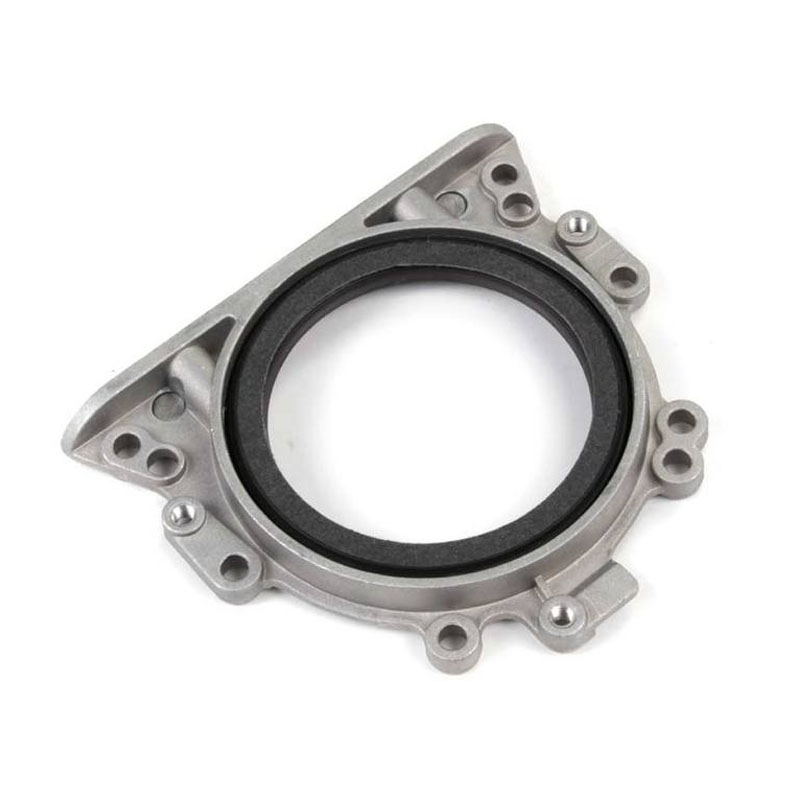tc oil seal
Understanding TC Oil Seals A Comprehensive Overview
TC oil seals, commonly referred to as lip seals, are critical components in various mechanical applications. Their primary function is to prevent leakage of lubricants and to keep external contaminants such as dust, dirt, and moisture out of machinery. This article aims to explore the significance of TC oil seals, their construction, applications, and maintenance.
Construction of TC Oil Seals
A typical TC oil seal is composed of several key components. The main part is the elastomeric sealing lip, which is designed to fit snugly against a rotating shaft. This sealing lip is often made from durable materials such as nitrile rubber, silicone, or fluorocarbon, which provide excellent resistance to wear, temperature, and chemical exposure. The seal also includes a metal casing that enhances structural integrity and helps maintain the seal’s position within the assembly.
The design of TC oil seals is characterized by two lips the primary sealing lip and the secondary dust lip. The primary lip is responsible for preventing fluid leakage, while the secondary lip acts as a safeguard against contaminants that might compromise the primary seal's effectiveness. This dual-action design makes TC oil seals particularly reliable in demanding environments.
Applications of TC Oil Seals
TC oil seals are widely used across various industries, including automotive, aerospace, manufacturing, and marine applications. In the automotive sector, they are typically found in engines, transmissions, and differentials. Their ability to withstand high temperatures and pressures makes them ideal for sealing rotating shafts in these systems.
tc oil seal

In industrial machinery, TC oil seals are critical for equipment such as pumps, compressors, and gearboxes. Their robustness protects internal components from wear and tear, significantly extending the life of the machinery. Additionally, in the aerospace industry, where precision and reliability are paramount, TC oil seals are utilized to maintain optimal performance of hydraulic systems and landing gear assemblies.
Maintenance and Best Practices
While TC oil seals are designed to be durable, proper maintenance is essential for ensuring their longevity and effectiveness. Regular inspections should be conducted to check for signs of wear, such as cracks or deformation in the sealing lips. Any leaks detected around the seal should be addressed promptly to prevent further damage to the machinery.
Another best practice is to ensure correct installation. Misalignment or improper fitting can lead to premature seal failure. It is also advisable to choose the right seal material based on the specific application, taking into consideration factors such as temperature range, chemical exposure, and the type of lubricant used.
Conclusion
In summary, TC oil seals are vital components in various machinery and equipment, providing effective sealing solutions that enhance performance and durability. Understanding their construction, applications, and maintenance is crucial for anyone involved in machinery operation or design. By ensuring proper use and regular maintenance of TC oil seals, industries can avoid costly downtimes and extend the life of their equipment.
-
Understanding the Front Main Engine Seal: Purpose, Maintenance, and Installation
News Jul.29,2025
-
Understanding O-Rings and Seal Rings: Types, Applications, and Custom Solutions
News Jul.29,2025
-
Understanding Crankshaft Oil Seals: Rear Seals, Pulley Seals, and Their Role in Engine Integrity
News Jul.29,2025
-
The Importance of Front and Rear Crankshaft Seals in Engine Performance and Oil Management
News Jul.29,2025
-
Crank Oil Seals: Functions, Types, and Cost Considerations in Engine Maintenance
News Jul.29,2025
-
A Comprehensive Guide to O-Rings and Seals: Types, Materials, and Global Applications
News Jul.29,2025
-
Mastering Diesel and Performance Engine Maintenance: A Guide to Critical Oil Gaskets
News Jul.28,2025
Products categories















